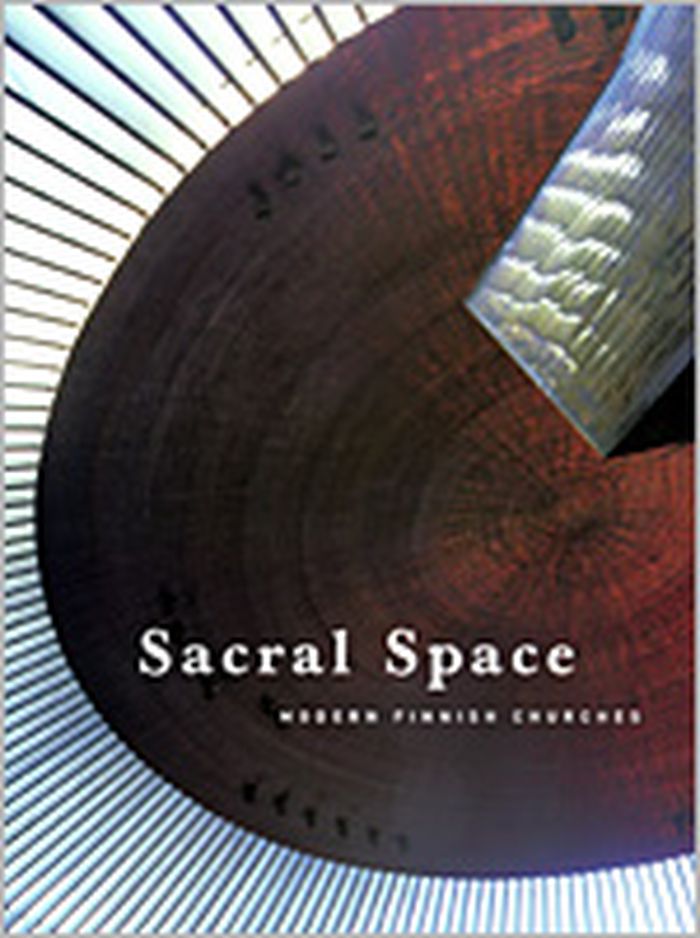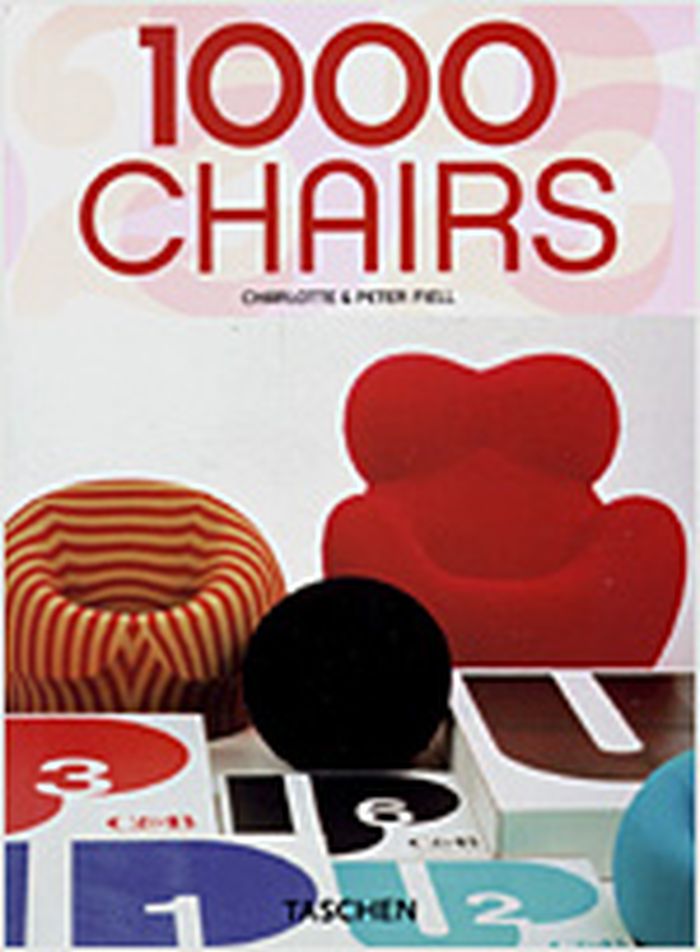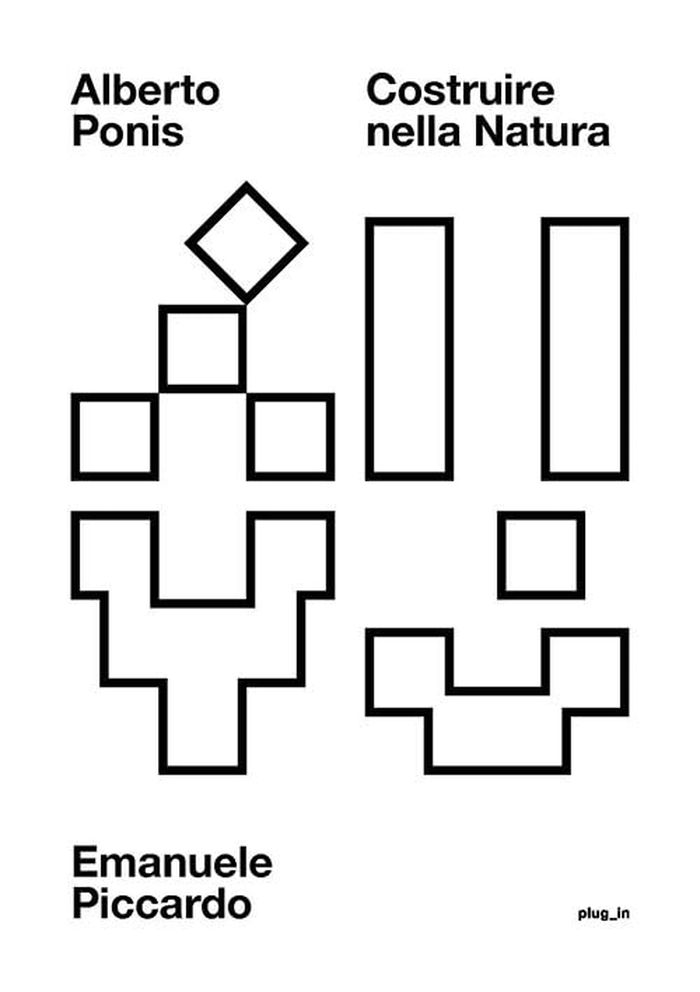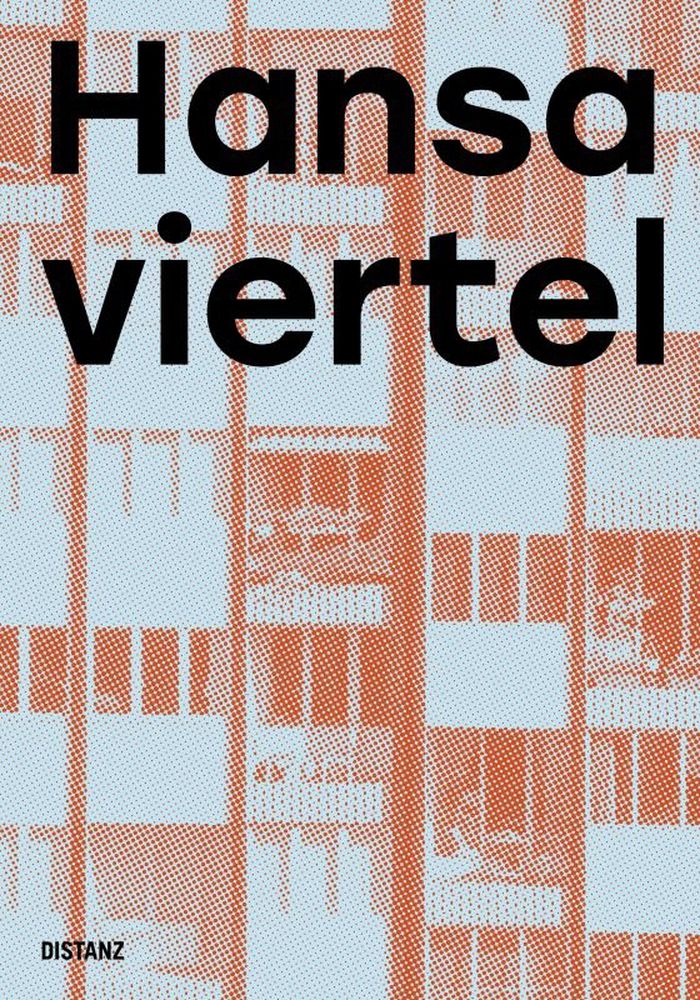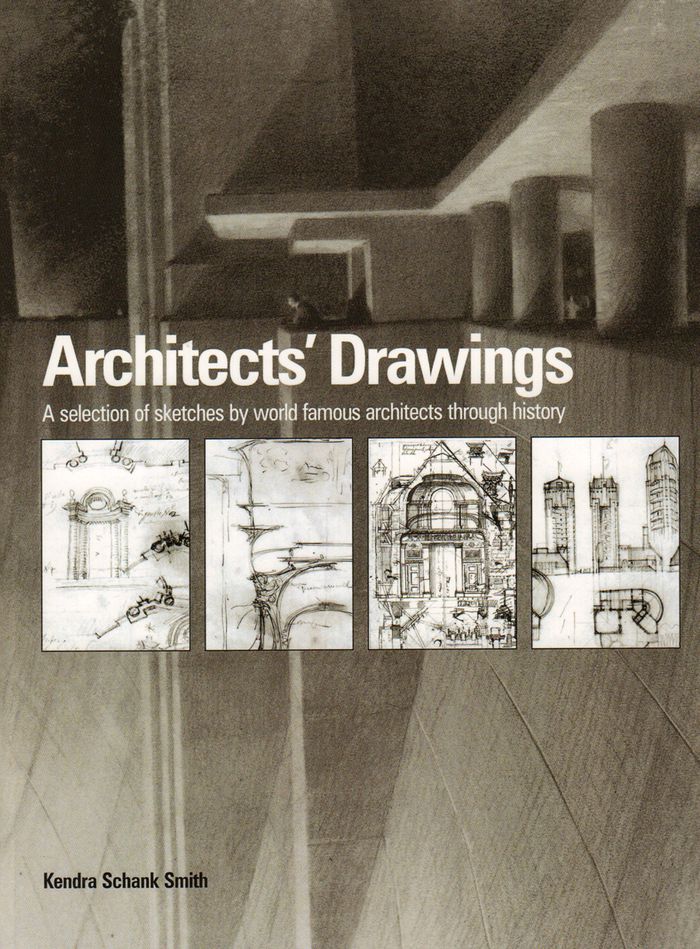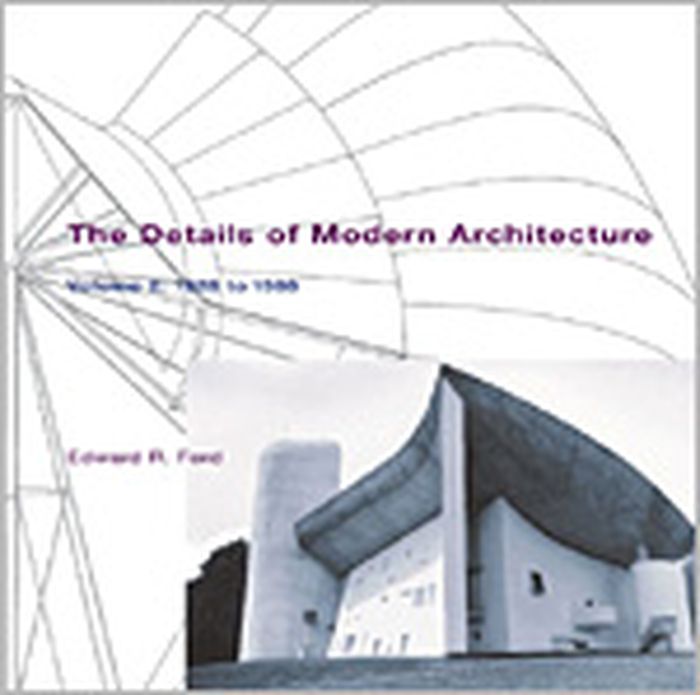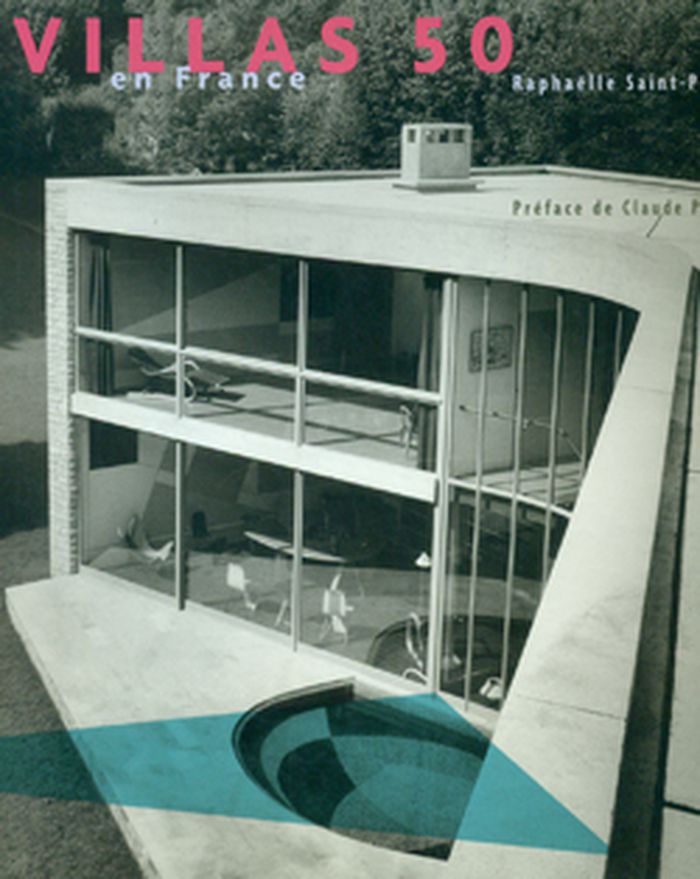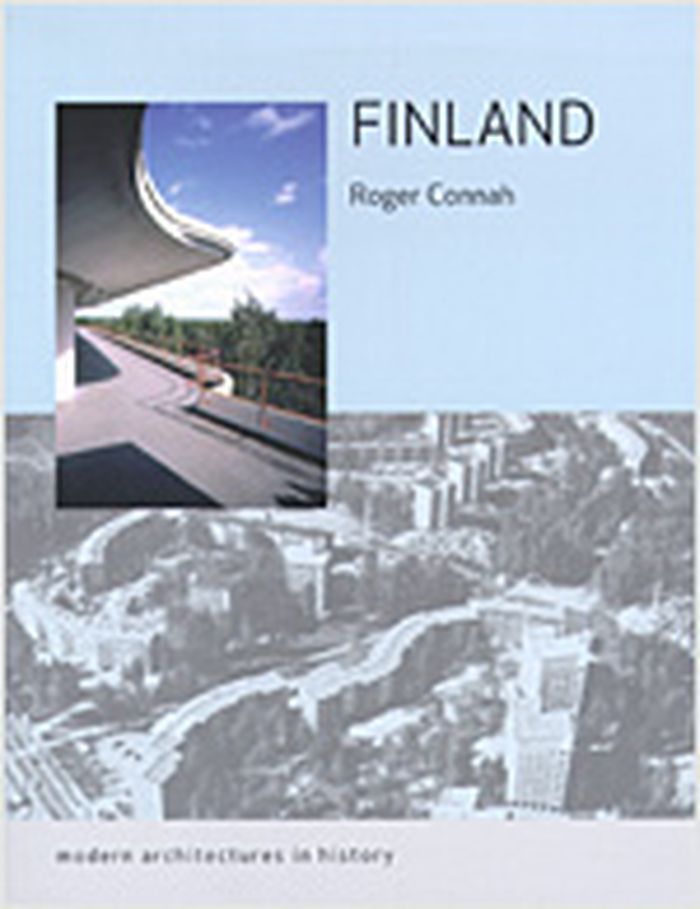$85.95
(available to order)
Summary:
Finnish modern church buildings appeal to the visitor with their minimalist character. The essential strength of their architecture lies in the presence of light and nature. The buildings and their interiors are attuned to the passing of each day and the change of seasons. "Sacral space" beckons the reader to step into twelve churches and chapels, each one of which(...)
Commercial interiors, Building types
January 1900, Helsinki
Sacral space : modern Finnish churches
Actions:
Price:
$85.95
(available to order)
Summary:
Finnish modern church buildings appeal to the visitor with their minimalist character. The essential strength of their architecture lies in the presence of light and nature. The buildings and their interiors are attuned to the passing of each day and the change of seasons. "Sacral space" beckons the reader to step into twelve churches and chapels, each one of which represents Finnish church architecture at its best: Resurrection Chapel by Erik Bryggman, Otaniemi Chapel by Kaija ja Heikki Siren, The Church of the Three Crosses by Alvar Aalto, Vatiala Chapel by Viljo Revell, Hyvinkää Church by Aarno Ruusuvuori, Kaleva Church by Raili and Reima Pietilä, Temppeliaukio Church by Timo and Tuomo Suomalainen, The Chapel of the Holy Cross by Pekka Pitkänen, Olari Church by Käpy and Simo Paavilainen, Kauniainen Church by Kristian Gullichsen, St. Johns’s Church Männistö by Juha Leiviskä and St. Henry’s Ecumenical Chapel by Matti Sanaksenaho. Jari Jetsonen’s photographs, the architects’ drawings, photographs taken during the construction, architect Sirkkaliisa Jetsonen’s texts and professor Fred Thompson’s accompanying article bring out the uniqueness and history of each church building.
Commercial interiors, Building types
1000 Chairs
$17.95
(available to order)
Summary:
More than any other piece of furniture, the chair has been subjected to the wildest dreams of the designers. The particular curve of a back-rest, or the twist of a leg, the angle of a seat or the colour of the entire artefact all reflect the stylistic consciousness of each era. From Gerrit Rietveld and Alvar Aalto via Verner Panton to Eva Zeisel; from Art Nouveau to(...)
1000 Chairs
Actions:
Price:
$17.95
(available to order)
Summary:
More than any other piece of furniture, the chair has been subjected to the wildest dreams of the designers. The particular curve of a back-rest, or the twist of a leg, the angle of a seat or the colour of the entire artefact all reflect the stylistic consciousness of each era. From Gerrit Rietveld and Alvar Aalto via Verner Panton to Eva Zeisel; from Art Nouveau to International Style, from Pop Art to Postmodernism, the phenomenon of the chair is so complex that it requires a reference work as comprehensive as this to do it full justice. They are all here: Thonet's bentwood chairs and Hoffmann's sitting-machines, Marcel Breuer's Wassily chair and Ron Arad's avant-garde armchairs. The book, a slightly abbreviated version of our classic title "1000 Chairs", devotes one page to each chair, displayed on its own as pure form, with biographical and historical information about the chairs and their designers. A special treat for anyone who loves design and a must for collectors!
Interior Design
$78.00
(available to order)
Summary:
Alberto Ponis "Costruire nella Natura" ("Building in Nature") analyses 22 buildings, highlighting the importance of drawing and photography as the first act of design, as in the Genius Loci series in which he photographed Sardinian vernacular architecture. This publication aims primarily to analyse of Alberto Ponis's work as a whole, including single-family houses and(...)
Alberto Ponis: Costruire nella Natura
Actions:
Price:
$78.00
(available to order)
Summary:
Alberto Ponis "Costruire nella Natura" ("Building in Nature") analyses 22 buildings, highlighting the importance of drawing and photography as the first act of design, as in the Genius Loci series in which he photographed Sardinian vernacular architecture. This publication aims primarily to analyse of Alberto Ponis's work as a whole, including single-family houses and collective houses built in Palau and Costa Paradiso, investigating the relationship with the natural site formed by granite rocks, strawberry trees and holm oaks. These elements become part of the architecture, generating its form. Meticulous work in the Ponis Archive has revealed little-known materials, such as slides of trips to America to visit the Sea Ranch and the architecture of Louis Kahn; visits to Ronchamp and La Tourette and the architecture of Arno Jacobsen and Alvar Aalto. But above all, his letters with clients, the photographs Ponis took of his houses, the sketchbooks during site inspections, the Thought notes, his design vocabulary that he continually defined over time, right down to his "pictorial obsessions" for the Nervi marina and Bonifacio.
Architecture Monographs
books
$99.99
(available to order)
Summary:
This second volume of "The Details of Modern Architecture" continues the study of the relationships of the ideals of design and the realities of construction in modern architecture, beginning in the late 1920s and extending to the present day. It contains a wealth of new (...)
June 1996, Cambridge, Mass.
Details of modern architecture - volume 2 : 1928-1988
Actions:
Price:
$99.99
(available to order)
Summary:
This second volume of "The Details of Modern Architecture" continues the study of the relationships of the ideals of design and the realities of construction in modern architecture, beginning in the late 1920s and extending to the present day. It contains a wealth of new information on the construction of modern architecture at a variety of scales from minute details to general principles. There are over 500 illustrations, including 130 original photographs and 230 original axonometric drawings, arranged to explain the technical, aesthetic, and historical aspects of the building form. Individual chapters treat the work of Eliel and Eero Saarinen, Eric Gunnar Asplund, Richard Neutra, Alvar Aalto, Le Corbusier, and Louis Kahn, as well as the Case Study, High Tech, Postmodern, and Deconstructivist architects. Among the individual buildings documented are Eliel Saarinen's Cranbrook School, Asplund's Woodland Cemetery, Fuller's Dymaxion house, the Venturi house, the Eames and other Case Study houses, the concrete buildings of Le Corbusier, Aalto's Säynätsalo Town Hall, and Kahn's Exeter Library and Salk Institute -- with many details published for the first time.
books
June 1996, Cambridge, Mass.
Hansaviertel portraits
$65.00
(available to order)
Summary:
A former debris-strewn wasteland in the inner city—some 300 out of 343 residential buildings were destroyed during the Second World War—the Hansaviertel is one of the most defining architecture projects of the postwar period in Berlin. In 1952, an international ideas competition was held under the title die stadt von morgen (the city of tomorrow); more than fifty(...)
Architecture since 1900, Europe
October 2024
Hansaviertel portraits
Actions:
Price:
$65.00
(available to order)
Summary:
A former debris-strewn wasteland in the inner city—some 300 out of 343 residential buildings were destroyed during the Second World War—the Hansaviertel is one of the most defining architecture projects of the postwar period in Berlin. In 1952, an international ideas competition was held under the title die stadt von morgen (the city of tomorrow); more than fifty architects presented plans for the rebuilding of West Berlin, including leading practitioners of Western modernist architecture like Alvar Aalto, Werner Düttmann, Egon Eiermann, Walter Gropius, Arne Jacobsen, Oscar Niemeyer, and Max Taut. Construction based on their designs in the redevelopment area began in 1956. The result was a neighborhood designed for people and their needs—largely without predetermined paths, with lots of greenery, flexible floor plans, space for small businesses, and facilities for everyday needs. Visiting the area and its people today, one can still feel the designers’ visionary resolve to establish new ways of residential living. Locals are united by their fascination with architecture and design and their love for their neighborhood, which over the decades has developed an authentic patina and now stands as witness to a key chapter in the city’s more recent history.
Architecture since 1900, Europe
$97.90
(available in store)
Summary:
The sketch is a window into the architects mind. As creative designers, architects are interested in how other architects, particularly successful ones, think through the use of drawings to approach their work. Historically designers have sought inspiration for their own work through an insight into the minds and workings of people they often regard as geniuses. This(...)
Architects' drawings: a selection of sketches by world famous archittects through history
Actions:
Price:
$97.90
(available in store)
Summary:
The sketch is a window into the architects mind. As creative designers, architects are interested in how other architects, particularly successful ones, think through the use of drawings to approach their work. Historically designers have sought inspiration for their own work through an insight into the minds and workings of people they often regard as geniuses. This collection of sketches aims to provide this insight. Here for the first time, a wide range of world famous architects' sketches from the Renaissance to the present day can be seen in a single volume. The sketches have been selected to represent the concepts or philosophies of the key movements in architecture in order to develop an overall picture of the role of the sketch in the development of architecture. The book illustrates the work of designers as diverse as Andrea Palladio, Erich Mendelsohn, Sir Edwin Lutyens, Gianlorenzo Bernini, Le Corbusier, Michelangelo, Alvar Aalto, Sir John Soane, Francesco Borromini, Walter Gropius, and contemporary architects Tadao Ando, Zaha Hadid and Frank Gehry to name but a few. Each chronologically placed sketch is accompanied by text providing details about the architect’s life, a look at the sketch in context, and the connection to specific buildings where appropriate. Style, media and meaning are also discussed, developing an explanation of the architect’s thinking and intentions.
Architectural Drawing
$49.95
(available to order)
Summary:
This second volume of "The details of modern architecture" continues the study of the relationships of the ideals of design and the realities of construction in modern architecture, beginning in the late 1920s and extending to the present day. It contains a wealth of new information on the construction of modern architecture at a variety of scales from minute details to(...)
Architecture since 1900, Europe
October 2003, Cambridge, Mass.
The details of modern architecture volume 2 : 1928 to 1988
Actions:
Price:
$49.95
(available to order)
Summary:
This second volume of "The details of modern architecture" continues the study of the relationships of the ideals of design and the realities of construction in modern architecture, beginning in the late 1920s and extending to the present day. It contains a wealth of new information on the construction of modern architecture at a variety of scales from minute details to general principles. There are over 500 illustrations, including 130 original photographs and 230 original axonometric drawings, arranged to explain the technical, aesthetic, and historical aspects of the building form. Most of the modern movements in architecture have identified some paradigm of good construction, arguing that buildings should be built like Gothic cathedrals, like airplanes, like automobiles, like ships, or like primitive dwellings. Ford examines the degree to which these models were followed, either in spirit or in form, and reveals much about both the theories and techniques of modern architecture, including the extent to which the current constructional theories of high tech and deconstruction are dependent on the traditional modernist paradigms, as well as the ways in which all of these theories differ from the realities of modern building. Individual chapters treat the work of Eliel and Eero Saarinen, Eric Gunnar Asplund, Richard Neutra, Alvar Aalto, Le Corbusier, and Louis Kahn, as well as the Case Study, high tech, postmodern, and deconstructivist architects. Among the individual buildings documented are Eliel Saarinen's Cranbrook School, Asplund's Woodland Cemetery, Fuller's Dymaxion house, the Venturi house, the Eames and other Case Study houses, the concrete buildings of Le Corbusier, Aalto's Säynätsalo Town Hall, and Kahn's Exeter Library and Salk Institute.
Architecture since 1900, Europe
Villas 50 en France
$109.95
(available in store)
Summary:
Alors que le design des années 50 connaît une vogue considérable et que l'architecture de la reconstruction a été très étudiée, les maisons particulières de cette époque restent méconnues. Réservée jusque-là à de grands bourgeois qui s'adressaient à des stars de la modernité comme Robert Mallet-Stevens, Pierre Chareau ou Le Corbusier, la villa connaît, avec l'émergence(...)
Architecture since 1900, Europe
April 2005, Paris
Villas 50 en France
Actions:
Price:
$109.95
(available in store)
Summary:
Alors que le design des années 50 connaît une vogue considérable et que l'architecture de la reconstruction a été très étudiée, les maisons particulières de cette époque restent méconnues. Réservée jusque-là à de grands bourgeois qui s'adressaient à des stars de la modernité comme Robert Mallet-Stevens, Pierre Chareau ou Le Corbusier, la villa connaît, avec l'émergence d'une bourgeoisie éclairée plus modeste, un essor remarquable dans la France de l'après-guerre. A l'ombre des grands ensembles, elle constitue une sorte de laboratoire qui permet aux architectes d'innover, mais aussi de mettre en pratique les acquis et les enseignements des maîtres, tout en les détournant et les adaptant, avec la vitalité et l'esprit de provocation caractéristiques de l'époque. Cette architecture domestique, à la fois expérimentale et matérialiste, souvent utopique, caricaturée par Jacques Tati ou Spirou, bénéficie de l'aide des Salons et des concours organisés par des magazines extraordinairement audacieux et inventifs. Montrant à quel point sa modernité se différencie du purisme théoricien qui prévalait avant la guerre, l'auteur Raphaëlle Saint-Pierre analyse dans la première partie de l'ouvrage le vocabulaire architectural français qui se met en place, nourri d'influences américaines, scandinaves, japonaises et brésiliennes, balançant entre organicisme, rationalisme, brutalisme et art total, sans déroger aux règles de fonctionnalité du plan, aux nouveaux impératifs d'équipement et au rapport, désormais indispensable, entre habitat et nature. Dans un second temps, la visite détaillée de vingt-cinq maisons, construites par les maîtres que sont Le Corbusier, André Lurçat, Alvar Aalto et Philip Johnson, par de jeunes architectes comme Claude Parent ou André Wogenscky, des ingénieurs et des artistes tels que Jean Prouvé, André Bloc et Pierre Soulages, nous fait découvrir la richesse de ce patrimoine architectural profondément original.
Architecture since 1900, Europe
$37.50
(available to order)
Summary:
From as early as 1900 Finland, at that time ruled by Russia, was to see in architecture a political and social vehicle. Modern architecture, with the promises it held for social change and hopes for technological progress, was to become a cultural phenomenon over the course of the twentieth century. This book explores the shape of architecture from Finland’s independence(...)
Finland
Actions:
Price:
$37.50
(available to order)
Summary:
From as early as 1900 Finland, at that time ruled by Russia, was to see in architecture a political and social vehicle. Modern architecture, with the promises it held for social change and hopes for technological progress, was to become a cultural phenomenon over the course of the twentieth century. This book explores the shape of architecture from Finland’s independence in 1917 until the present day, and how the ‘modern agenda’ became a blueprint to advance the nation’s society and define its identity. Roger Connah assesses the work of well-known heroes of Finnish architecture such as Reima Pietila, Juhä Leiviskä and ‘modern master’ Alvar Aalto, as well as many other less familiar figures whose contribution is little known outside Finland. He discusses developments in architecture in relation to the culture and politics of the new independent Finland, as well as parallel movements in the arts, and also surveys the early part of the century, as Finland came into its own as a new nation state. He examines the rationalised developments of the 1930s, the ‘organic’ and vernacular tendencies of modern architecture, and how some of modernism’s devices were combined with a particular Nordic sensibility. He also looks at the reconstruction and urbanisation of the post-war years, the use of industrial building methods and prefabricated materials, the ‘golden age’ of Finnish modernism in the 1950s, and the developments thereafter. Connah also considers how architecture has been publicised in magazines, galleries and through exhibitions. By the end of the twentieth century Finland had transformed itself into a modern industrial economy at the cutting edge of the it world, and its buildings continue to be regarded as exemplary modern works. Roger Connah assesses Finnish modern architecture’s relation to the broader cultural and political conditions of Finland and modernity at large, making this study crucial to our understanding of Finland’s place in architecture and in culture today.
Architecture since 1900, Europe
